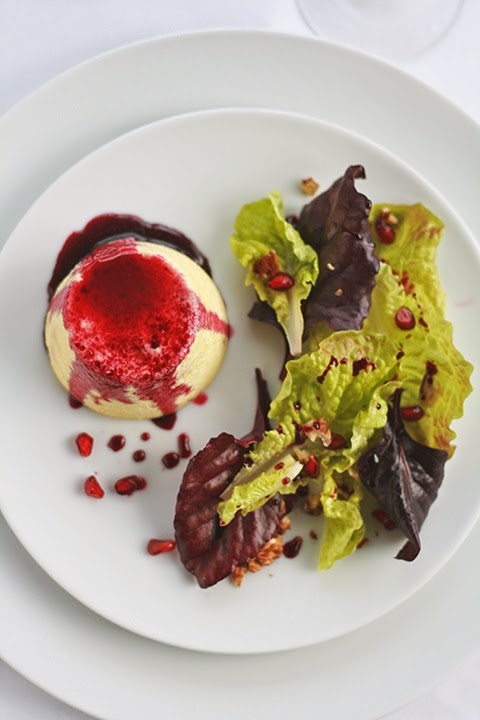In Greece there are three different types of yogurt, depending on the milk (goat, sheep or cow) used to make it.
Yogurt made from cows’ milk is the most popular because of its mildness; it has a less sour taste compared with yogurt made from the milk of goats or sheep.
In Greece we call yogurt ‘’strained ‘’ if it has undergone a straining process after it has been created. As a result it has far less whey than plain yogurt. Its dense silky texture makes it ideal for cooking too.
If you are lucky enough to have access to fresh milk from local farms, you should definitely try at some point to make yogurt at home and experience its wonderful taste. If you have kids, they will be fascinated by the process that magically turns milk into yogurt.
We make yogurt at home when we have extra milk that is close to its expiry date; this way we give it at least an extra week of shelf life. To be honest, we don’t always strain it to turn it into the so-called ‘’Greek yogurt’’ but you should try straining it at least once and see what works best for you.
The process is very easy. You only need two tablespoons of plain yogurt per liter of milk. A cooking thermometer too would be ideal to be sure about the right temperatures. Many home cooks claim that within 3-4 hours yogurt has set and it is ready to eat, but I always let it ferment overnight and by the next morning it is ready for breakfast.
I like to eat yogurt with honey, fresh or poached seasonal fruits, and in many desserts and savory dishes that you can find on my ‘’recipes page’’ on the main menu. Here I also offer the recipe for poached quinces that are in season as I write this.
Homemade yogurt
1litre milk
2Tbsps plain yogurt (not one containing gelatin)
In a pot over medium heat, heat up the milk and, as soon as it reaches 80 C, remove it from the heat. Then let the temperature of the milk drop to 45 C.
In a small bowl mix the 2 tablespoons of yogurt with a few tablespoons of the warm milk in order to warm and dilute the cold yogurt. Then pour the yogurt mixture into the pot with the warm milk and mix to incorporate. Cover with cling film and place the pot in an isothermal bag like the one you keep your beers cold in at a picnic. If you don’t have an isothermal bag, wrap the pot in a blanket. Let it stand undisturbed overnight. On the following morning the yogurt is ready to eat or to put in the refrigerator.
If you want to make Greek strained yogurt, place the yogurt in a very fine sieve or a sieve lined with a cheese cloth and place it over a bowl to collect the liquids. If the weather is hot put the bowl with the sieve in the fridge. Let the yogurt strain until it reaches the desired thickness. This might take several hours. Discard the liquid collected in the bowl.
Keep in mind that straining will reduce the amount of yogurt by more than 30%.
Poached quince
600gr peeled and seeded quince wedges
300gr granulated sugar
500gr (0,5litre) water
1tsp liquid vanilla
In a cooking pot over medium heat add water and sugar and bring to a boil. Add quince wedges and vanilla and cook for 15min. Let cool and serve with yogurt. You can keep quince refrigerated for a week.





























.jpg)















